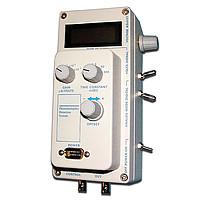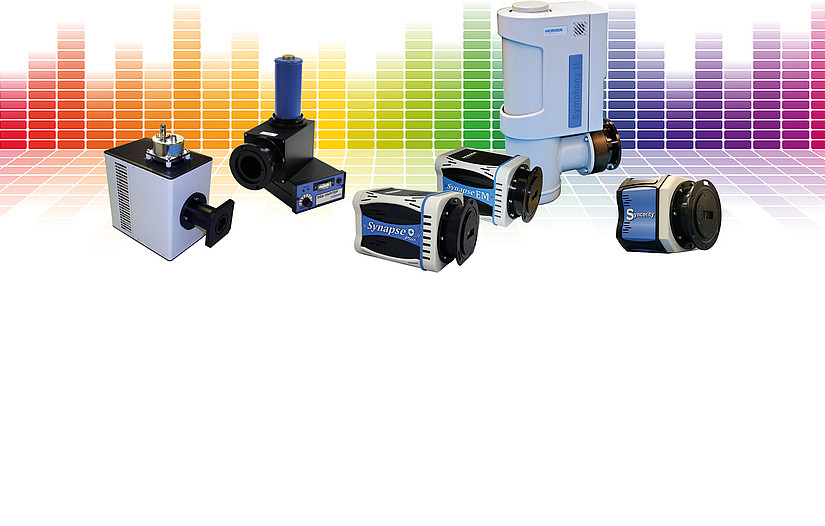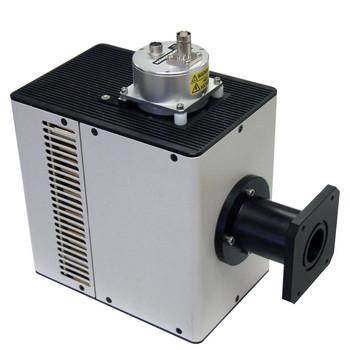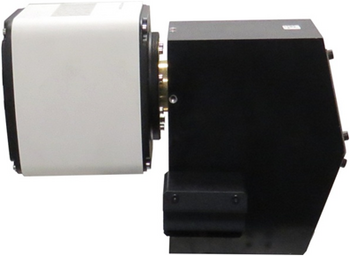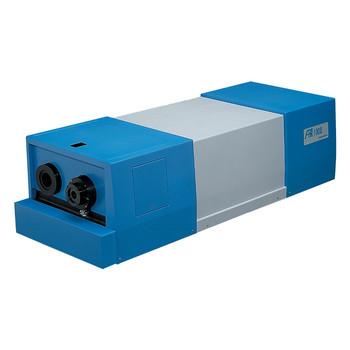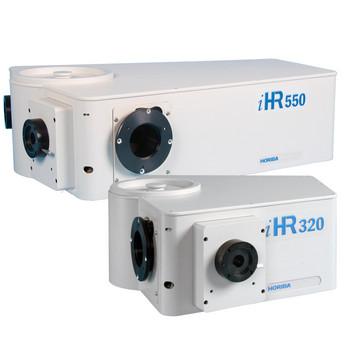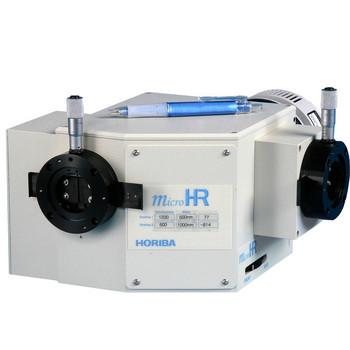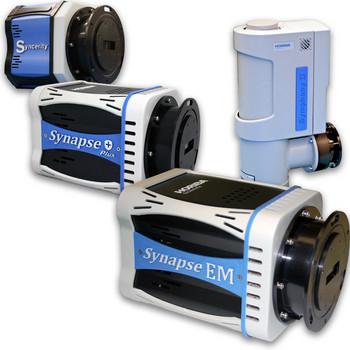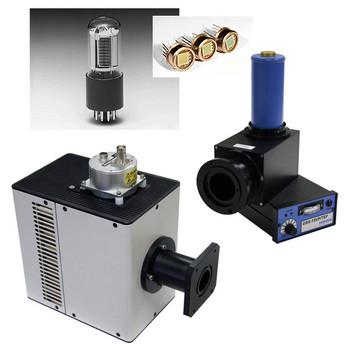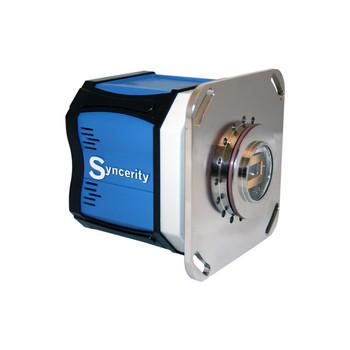Controls
All controls and displays are available on the front and side of the OBB PMT housing.
Control Specifications | ||
|---|---|---|
| Display | LCD display of high voltage or signal |
Controls | On/Off switch | |
BNC Connectors | Signal Out | |
Physical Specifications
| Dimensions (WxDxH) | 4 x 4 x 8 inches | |
|---|---|---|
| Weight | 4 lbs |
High Voltage Power Supply Specifications
| Input | ± 15 VDC, 250 mA | |
|---|---|---|
| High Voltage | -200 to -1,100 VDC manually adjustable LCD displays actual cathode voltage | |
| External High | 0 to +5 VDC (0 = -200 V, 5 = -1,100 V) | |
| Voltage Adjust | Continuously adjustable | |
| Input Regulation | ± 0.05% max. (for 15 V ± 1 V input). | |
| Load Regulation | ± 0.05% max. | |
| Ripple | 100 mV p-p max. | |
| Temperature Coefficient | ± 0.01% max. (+5 to 40°C) | |
| Drift | ± 0.03%/hr. max. (after 15 minute warm-up) |
Analog Mode Specifications
| Gain Settings: | 1 µA = 1 V 0.1 µA = 1 V 0.01 µA = 1 V 0.001 µA = 1 V | |
|---|---|---|
| Time Constant Settings: (with Corresponding Analog Frequency) | 0.05 msec (20 KHz) 0.5 msec (2 KHz) 5 msec (200 Hz) 50 msec (20 Hz) 500 msec (2 Hz) | |
| Offset Correction: | ± 50 nA | |
| Signal Output on BNC connector: | Analog voltage |
Photon Counting Mode Specifications
| Linear Dynamic Range: | 5 orders of magnitude* | |
|---|---|---|
| Dead Time: | 250 ns | |
| Signal Output on BNC connector: | TTL |
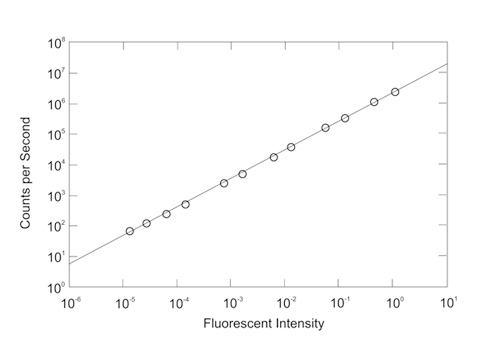
* Linear dynamic range of the OBB photon counting PMT housing. The intensities were produced by attenuating the fluorescence emission of a fluorescein sample with neutral density filters.
 Dieses Produkt wurde eingestellt und ist nicht mehr verfügbar. Zu Informationszwecken kann diese Seite weiterhin aufgerufen werden.
Dieses Produkt wurde eingestellt und ist nicht mehr verfügbar. Zu Informationszwecken kann diese Seite weiterhin aufgerufen werden.
